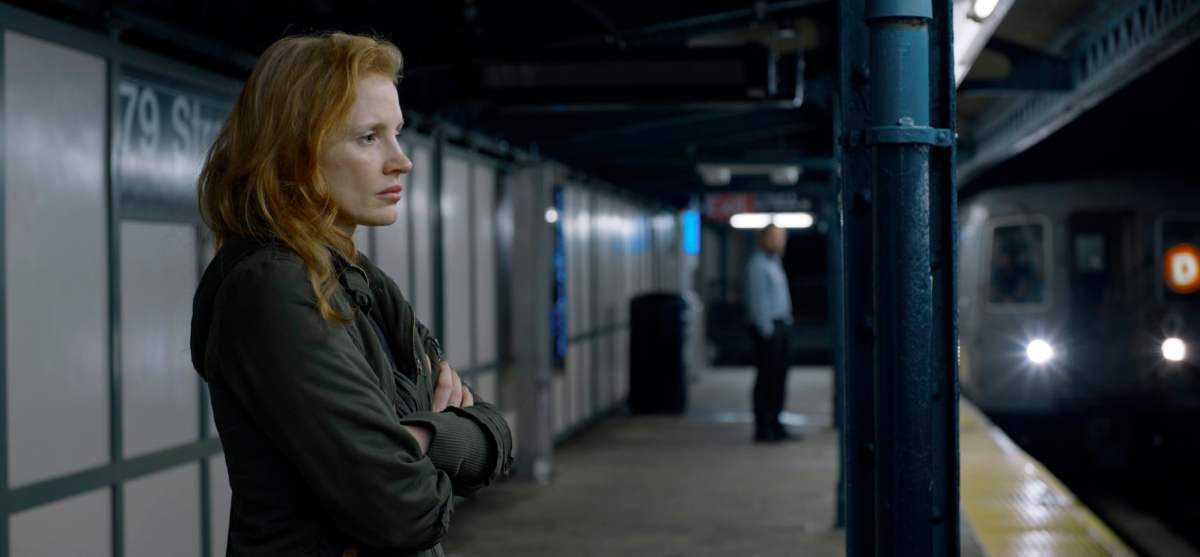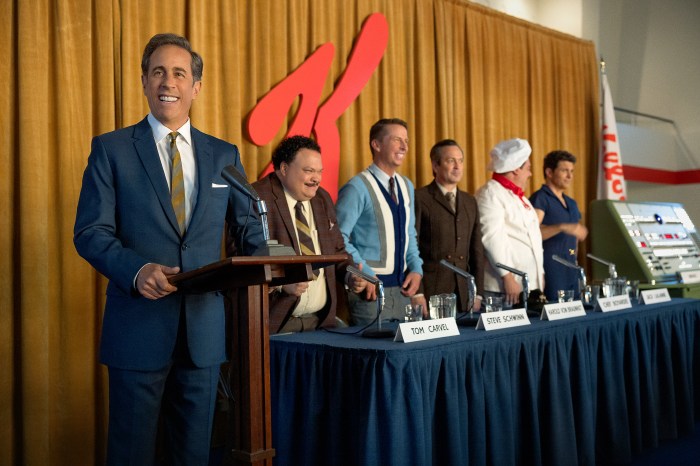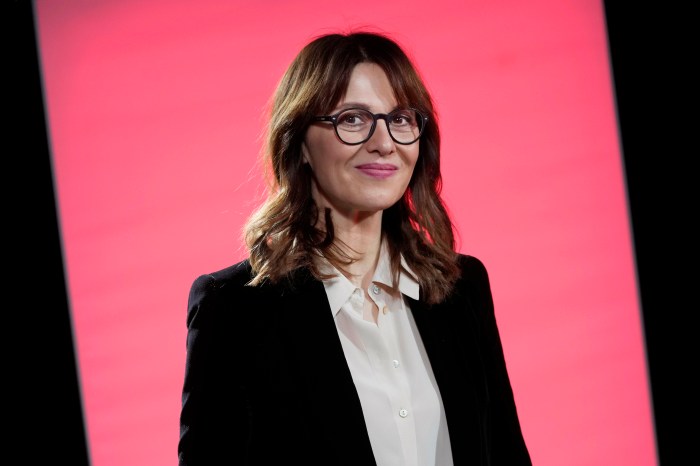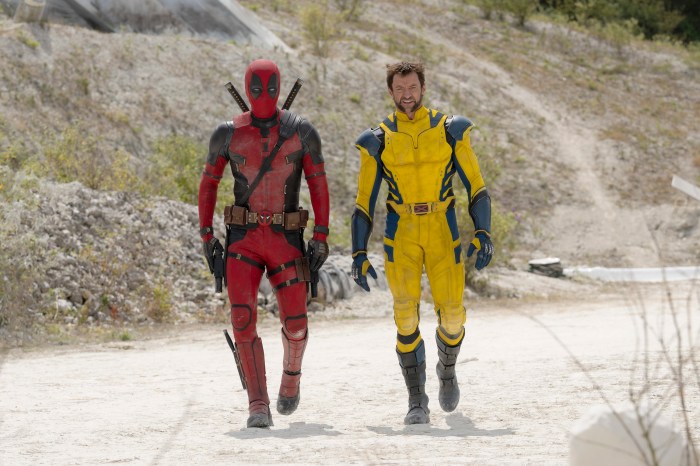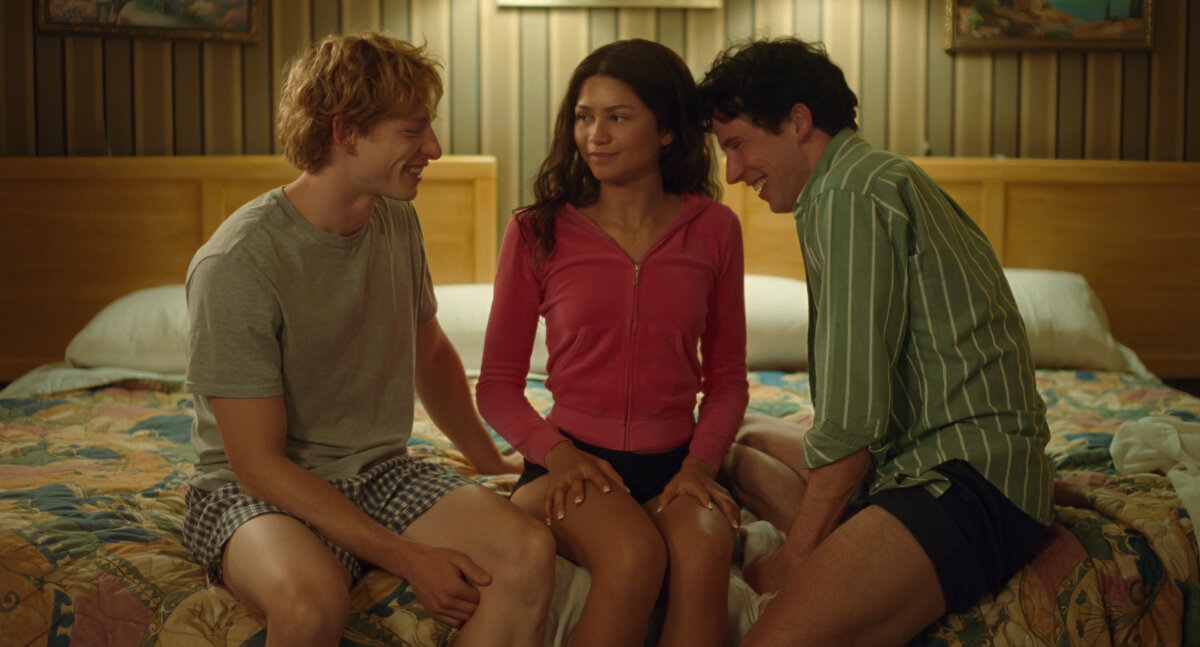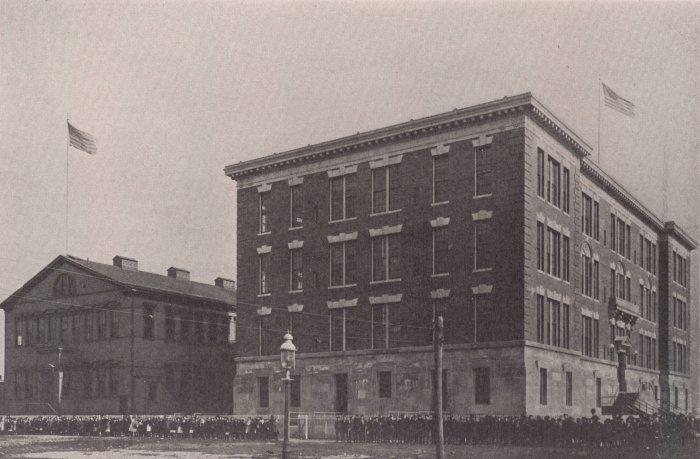When Jessica Chastain first read the script for “Memory,” she was struck by the flurry of unanswered questions left swirling around in her head about issues pertaining to love, sex and consent — which might be antithetical to what some audiences expect from a movie.
“Sometimes I think films can be seen as like lectures of the right way of being,” she says.
But the Oscar winner does not subscribe to that philosophy of cinema. And it was writer and director Michel Franco’s willingness to probe gray areas and leave questions unanswered that ultimately persuaded Chastain to star in “Memory,” in select theaters now with a nationwide release set for Friday.
“Memory” follows Sylvia (Chastain), who is hired by the family of a man named Saul ( Peter Sarsgaard ) to keep him company as he navigates early onset dementia. Although her background in caretaking is a plus, Saul’s family mostly wants someone to spend time with him — until Sylvia is suspected of developing romantic feelings for Saul.
“It felt like a film that would be impossible to make within a studio system because there’d be so many people, especially in the political environment we’re in, coming out of MeToo.” Chastain explains. “Everyone would be so afraid of making a mistake, of saying the wrong thing.”
Franco opted instead for an independent production and a budget so small that both Chastain and Sarsgaard laughed at its mention.
“If you drove by our set, you wouldn’t know there was a movie being shot,” Sarsgaard chuckles. “The production design was frequently whatever was in the house when we got it. Actors provided a lot of their own clothes and, in circumstances, did their own makeup.”
But their performances were not hindered by the austere sets and minimal dialogue, thanks in part, no doubt, to Chastain’s and Sarsgaard’s experiences in theater.
“If you get rid of all the B.S., you know, all the extra stuff, and you just go right down to the essentials, then you can tell these more complicated stories,” Sarsgaard says.
In the film, Saul’s brother eventually recants support for the arrangement, telling Sarsgaard’s character that he’s not able to make rational decisions.
“I don’t know what you’re doing. I don’t want to know,” the brother says to Sylvia after discovering the pair in a kind of embrace while watching a movie.
“When I thought of it as a love story, I knew it was meant to be like a forbidden love story. I thought of them almost as teenagers,” Franco says. “I like the idea of broken people that are challenging society.”
As she deliberates on her relationship to Saul, Sylvia is also reckoning with her own past. Though she has for years said she was sexually assaulted in high school, her family members maintain she lied and poke holes in her stories — making the film’s title not just a reference to Saul’s condition.
“I was a little surprised about that because I didn’t develop it as a concept. I started writing and then when I read the outline, I learned that ‘Memory’ had to be the title because it was about both of them,” Franco says. “The ways memories can be reshaped or the stories you tell yourself.”
The film premiered at the Venice Film Festival and is being distributed by Ketchup Entertainment. Heading into awards season, Chastain has already snagged an Independent Spirit Award nomination for best lead performance.
After signing on, Chastain recommended Franco cast Sarsgaard, whose recent credits include “The Batman” and “The Lost Daughter,” a 2022 Oscar-nominated drama directed by his wife, Maggie Gyllenhaal.
“I have spent a long time watching Peter’s work and, as an audience member, really being moved by what he’s done,” Chastain says. “I didn’t know Peter would want to do it, but I knew that he was someone that would bring so much to it without vanity. And that was important to me.”
After saying yes to the role, Sarsgaard did extensive research prior to filming, an experience which he found illuminating.
“I talked to two guys on the phone weekly who had dementia when I was preparing for this, and you would almost never have known they had dementia,” he recalls. “Occasionally there would be signs of it, but it was not constant.”
He said a priority in making the film was to not make light of serious issues like dementia, sexual assault or addiction — and to not construct caricatures of the people who deal with them.
“The first step in doing that is not to think of the trauma or the dementia as the character,” Sarsgaard says. “These are the obstacles that the characters face.”



